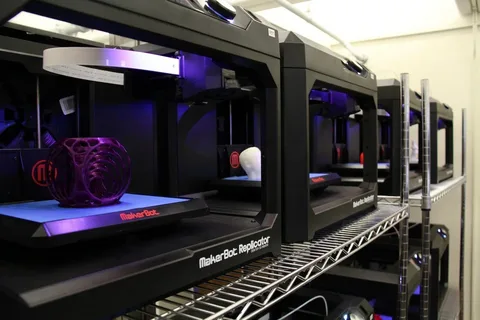In a city as dynamic and fast-paced as London, the demand for high-quality print services is ever-growing. From corporate brochures and business cards to bespoke wedding invitations and promotional materials, Londoners have access to a broad spectrum of printing options. Two major technologies dominate this landscape: digital and offset printing. Digital vs. Offset: The Printing Landscape in London Today explores the key differences, advantages, and challenges associated with each, helping businesses and individuals make informed decisions.
Understanding the Basics
What is Digital Printing?
Digital printing involves transferring a digital file directly onto paper using inkjet or laser printers. It’s ideal for short runs, quick turnarounds, and customizable designs. This method is especially popular among small businesses and independent creatives across London who need speed and flexibility.
What is Offset Printing?
Offset printing is a more traditional method where an image is transferred (or “offset”) from a plate to a rubber blanket, then onto the printing surface. Known for its superior quality and cost-effectiveness in large volumes, offset printing remains a staple for high-end publishing and large-scale commercial projects.
Digital vs. Offset: Key Differences
When comparing Digital vs. Offset: The Printing Landscape in London Today, several factors come into play:
- Volume and Cost: Offset printing becomes more economical with higher quantities, while digital is better suited for small runs.
- Turnaround Time: Digital printing is faster, often delivering within 24-48 hours—ideal for London’s demanding business environment.
- Quality and Consistency: Offset offers slightly better color fidelity and detail, especially for image-heavy designs.
- Customization: Digital printing allows for variable data printing, meaning each piece can be uniquely tailored—a huge advantage in personalized marketing.
The London Market Perspective
London’s printing industry is incredibly diverse, reflecting the city’s wide-ranging needs. Creative agencies in Shoreditch often lean toward digital printing for its rapid output and flexibility. Meanwhile, large institutions and publishers in Central London prefer offset printing for its consistency and cost-efficiency over larger runs.
Digital vs. Offset: The Printing Landscape in London Today continues to evolve as both technologies advance. With modern digital presses offering near-offset quality and new offset machines becoming more automated and efficient, the lines are increasingly blurred.
Choosing the Right Option
When selecting between digital and offset printing in London, consider the following:
- Project Size and Budget: Digital for small, frequent runs; offset for large, cost-sensitive projects.
- Design Complexity: Offset may be better for intricate, color-heavy layouts.
- Timeline: If speed is crucial, digital printing is the go-to.
Conclusion
Digital vs. Offset: The Printing Landscape in London Today reveals a competitive yet complementary relationship between these two printing methods. Each offers distinct benefits depending on the scope and nature of the project. Whether you’re a start-up in Camden or a publisher in Westminster, understanding the strengths of digital and offset printing will help you achieve the perfect balance of quality, speed, and cost.


